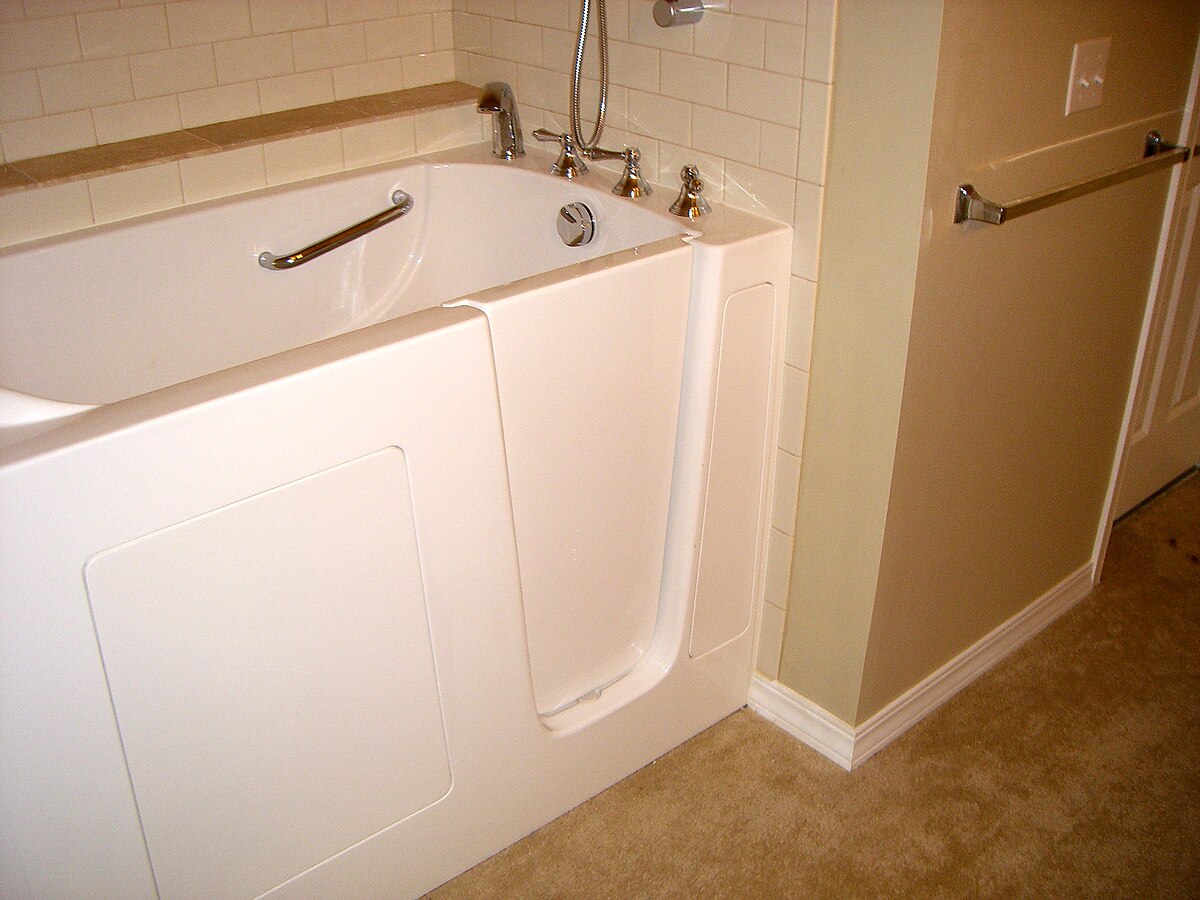The Ultimate Guide to Walk-In Showers: Safety, Style, and Independence for Seniors
Walk-in showers have become increasingly popular among seniors and their families as a practical solution for aging in place. These accessible bathroom fixtures combine safety features with modern design elements to create a comfortable bathing experience while maintaining independence. This comprehensive guide explores the essential aspects of walk-in showers, from safety considerations to installation requirements and cost analysis.
Key Safety Features for Senior-Friendly Walk-in Showers
The most critical aspect of any walk-in shower is its safety features. Essential elements include non-slip flooring with proper drainage, grab bars installed at strategic locations, and a zero-threshold entry to eliminate tripping hazards. Additional safety features worth considering are built-in seating, hand-held shower heads with easy-to-use controls, and adequate lighting. Anti-scald valve protection helps prevent accidental burns, while waterproof emergency call systems provide extra peace of mind.
Enhancing Independence Through Accessible Design
Walk-in showers significantly improve daily life for older adults by removing common bathroom obstacles. The barrier-free entry allows easy access with mobility aids like walkers or wheelchairs. Wide doorways (typically 36 inches minimum) and ample turning space accommodate various mobility needs. Adjustable shower heads and easily accessible storage solutions help seniors maintain their bathing routine without assistance, promoting dignity and self-sufficiency.
Modern Design Options for Accessible Showers
Today’s walk-in showers offer numerous stylish options that complement any bathroom décor. Popular design choices include:
-
Frameless glass enclosures for a contemporary look
-
Decorative tile work that maintains slip-resistance
-
Custom storage niches and built-in benches
-
Designer grab bars that double as towel bars
-
Multiple shower head options with rain and handheld combinations
Installation Considerations and Process
Installing a walk-in shower typically requires professional expertise to ensure proper waterproofing and structural support. The process usually involves:
-
Removing existing fixtures
-
Evaluating and possibly reinforcing floor joists
-
Installing proper drainage and waterproofing
-
Adding support for grab bars and seating
-
Completing tile work and fixtures installation
Cost Analysis and Value Considerations
| Component | Average Cost Range | Notes |
|---|---|---|
| Basic Walk-in Shower | $3,000-$5,000 | Including basic fixtures and installation |
| Premium Custom Design | $8,000-$15,000 | With high-end materials and features |
| Safety Additions | $500-$2,000 | Grab bars, seating, specialized fixtures |
| Bathroom Modification | $2,000-$5,000 | Additional plumbing or structural work |
Prices, rates, or cost estimates mentioned in this article are based on the latest available information but may change over time. Independent research is advised before making financial decisions.
Long-term Benefits and Return on Investment
Investing in a walk-in shower offers significant long-term value. Beyond the immediate safety benefits, these installations can:
-
Increase home value
-
Reduce potential healthcare costs from bathroom accidents
-
Extend independent living capability
-
Lower insurance premiums in some cases
-
Decrease water usage compared to traditional tubs
When considering a walk-in shower installation, carefully evaluate both immediate needs and future requirements. While the initial investment may seem substantial, the combined benefits of enhanced safety, maintained independence, and potential healthcare cost savings make it a worthwhile consideration for many seniors and their families.
This article is for informational purposes only and should not be considered medical advice. Please consult a qualified healthcare professional for personalized guidance and treatment.





